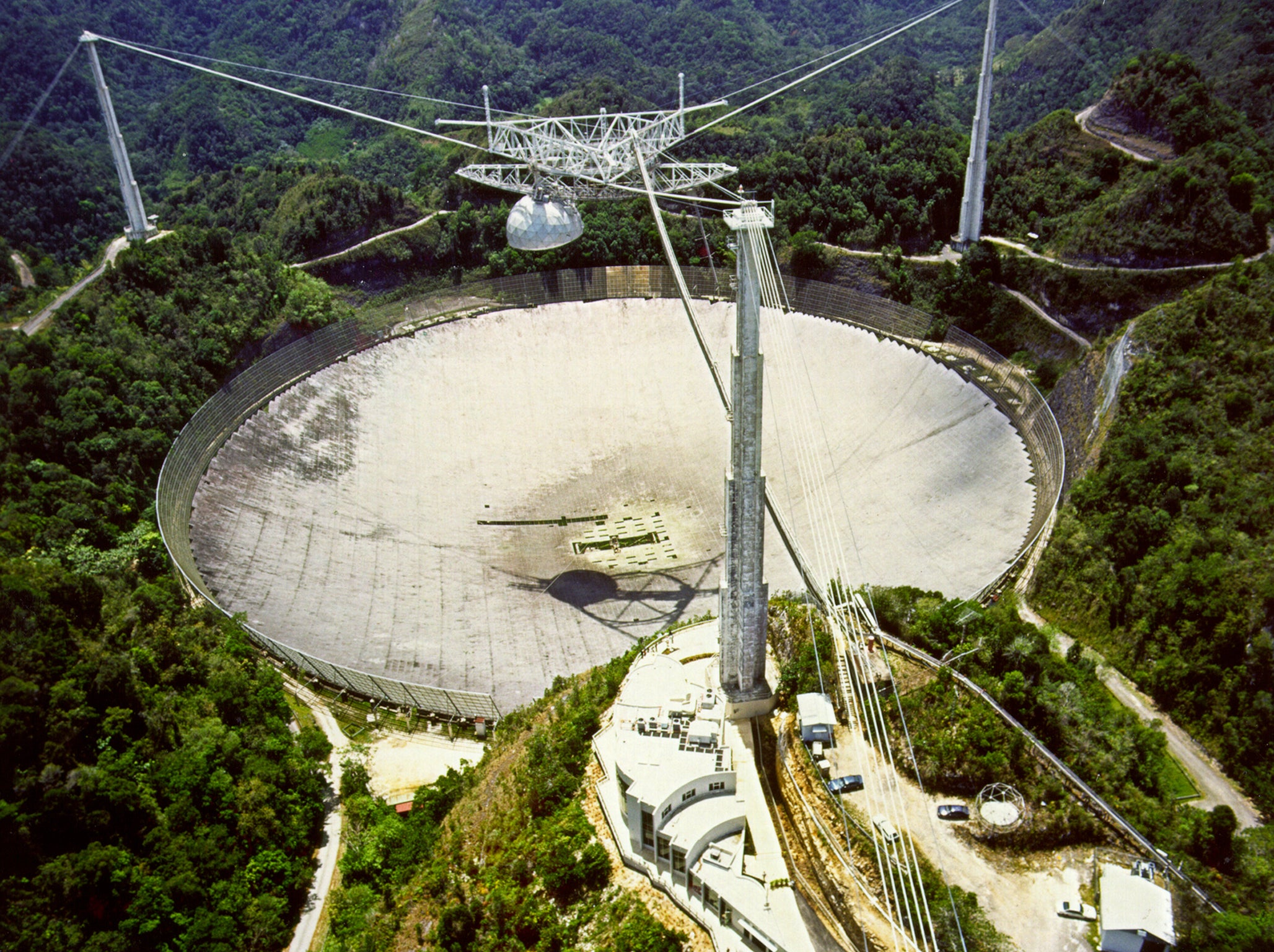Fast radio bursts: Scientists hear ‘huge’, mysterious and repeating signal from deep in space
Astronomers aren’t sure what is causing the mysterious sounds, only 17 of which have ever been heard

Your support helps us to tell the story
From reproductive rights to climate change to Big Tech, The Independent is on the ground when the story is developing. Whether it's investigating the financials of Elon Musk's pro-Trump PAC or producing our latest documentary, 'The A Word', which shines a light on the American women fighting for reproductive rights, we know how important it is to parse out the facts from the messaging.
At such a critical moment in US history, we need reporters on the ground. Your donation allows us to keep sending journalists to speak to both sides of the story.
The Independent is trusted by Americans across the entire political spectrum. And unlike many other quality news outlets, we choose not to lock Americans out of our reporting and analysis with paywalls. We believe quality journalism should be available to everyone, paid for by those who can afford it.
Your support makes all the difference.Scientists have heard a long, repeated sound from deep in space — and nobody is sure where it is coming from.
Astronomers found 10 millisecond-long “fast radio bursts”, the latest example of a mysterious radio wave coming from outside of our galaxy.
Scientists had previously thought that the bursts were singular events. But a new study finds that at least some of the sources send out repeated messages.
The finding adds to other strange discoveries about the fast radio bursts that seem to indicate that there may be something unusual causing them. Scientists said last year that some of the messages appear to be coming in a pattern — one that could even be created by alien technology.
The new research sheds little new light on what exactly is causing the messages. But it does offer perplexing questions about what sort of source could be emitting them.
“"We're showing that whatever battery drives FRBs, it can recharge in minutes," said James Cordes, an astronomy professor at Cornell University, in a statement.
"The energy of the event becomes very problematic. We're detecting these FRBs from very far away, which means that they are intrinsically very bright. Only a few astrophysical sources can produce bursts like this, and we think they are most likely neutron stars in other galaxies."
Previously, scientists had thought that message was coming from something like the collision of neutron stars, sending a shockwave of energy across the universe. But the new findings show that the source of the energy isn’t being destroyed, since they send out more than one burst.
"In our paper, we're showing that our FRB can't have an explosive origin,” said Shami Chatterjee, a senior researcher at Cornell, in a statement. “So, either there's an odd coincidence, or maybe there are different types of FRBs.
“Either way, it seems we've broken this enigmatic phenomenon wide open."
Join our commenting forum
Join thought-provoking conversations, follow other Independent readers and see their replies
Comments